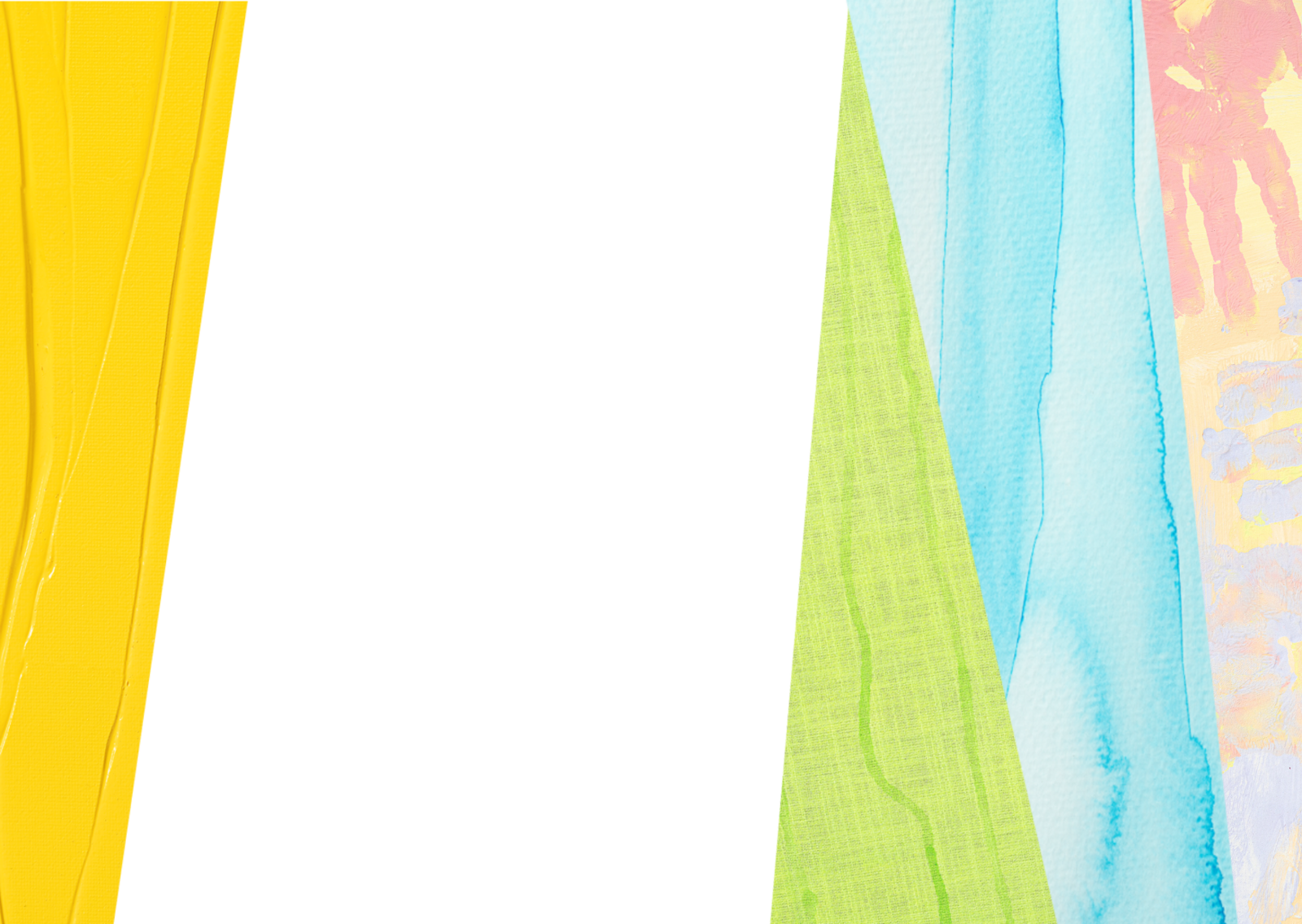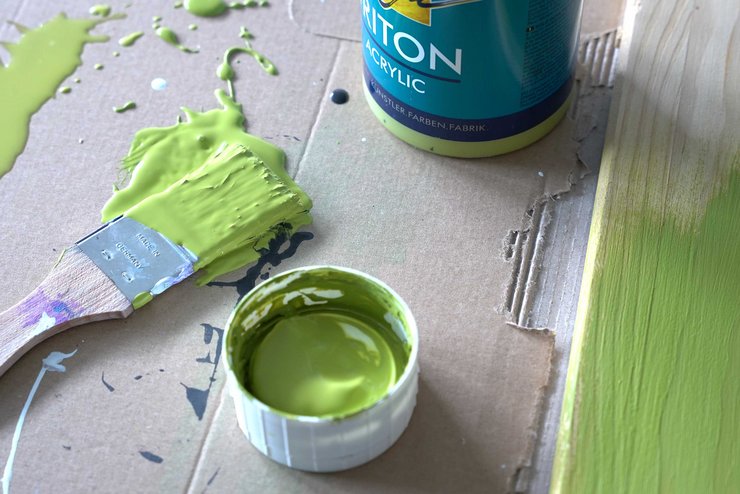
How to make painting with acrylics environmentally friendly
03/18/2024 |- KREUL Triton Acrylic Liquid
- Ideen für Künstler
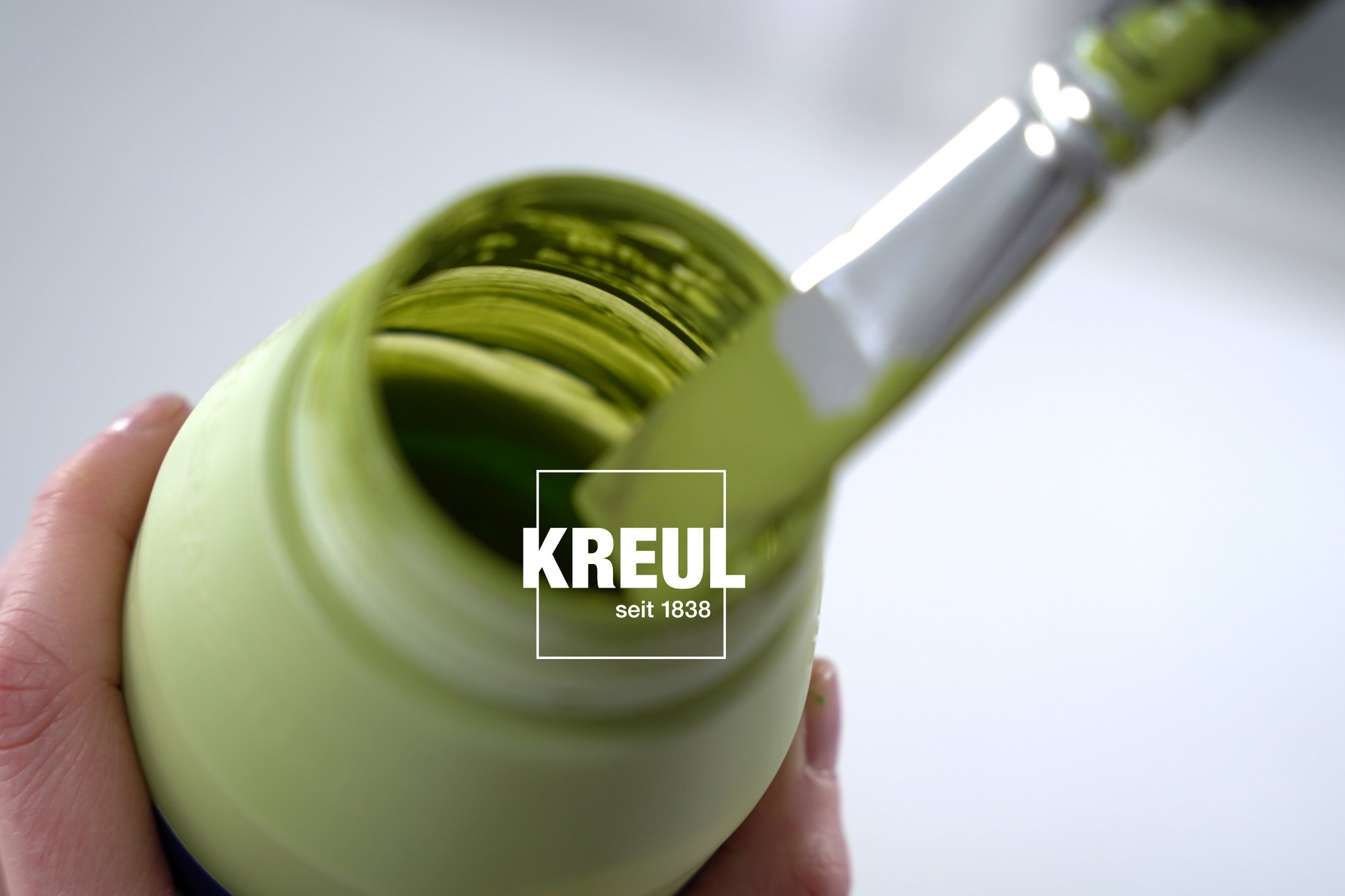
Recyclability of SOLO GOYA Triton Acrylic bottles
The bottles containing SOLO GOYA Triton Acrylic are made of plastic. To be more exact, they are made of polyethylene (PE), whereas the bottle tops consist of polypropylene (PP). The good news: a completely emptied SOLO GOYA Triton Acrylic bottle is 99 % recyclable – as RecycleMe, our partner for recycling economy matters, recently established. The empty bottle complies with the minimum standard specified by Germany’s Central Agency Packaging Register for measuring the recyclability of packaging subject to system participation in accordance with Section 21, Paragraph 3 of VerpackG, that is Germany's Packaging Act.
A completely empty SOLO GOYA Triton Acrylic bottle can be simply disposed of in a recycling bin. This way, the plastic container is returned to the recycling loop and recycled. Recycled plastic is a valuable resource that can be used to make new plastic products. Plant pots for flowers, household buckets, containers for cleaning products, cable insulation and many more items can all be manufactured from this. A fantastic possibility to save crude oil and CO₂!
It is vital to properly dispose of the SOLO GOYA Triton Acrylic container. Use up all the acrylic paint to the last drop. You can completely empty the paint bottle by screwing off the top and using a long paintbrush to get out any leftover paint from the bottom or sidewalls of the bottle. Once you have got out all the paint you can, leave the bottle open with its top unscrewed overnight. You can then tap the bottle to remove any dried leftover paint into the general waste bin. Then throw the empty SOLO GOYA Triton Acrylic bottle and its top into the recycling bin. No need to wash out the bottle beforehand.
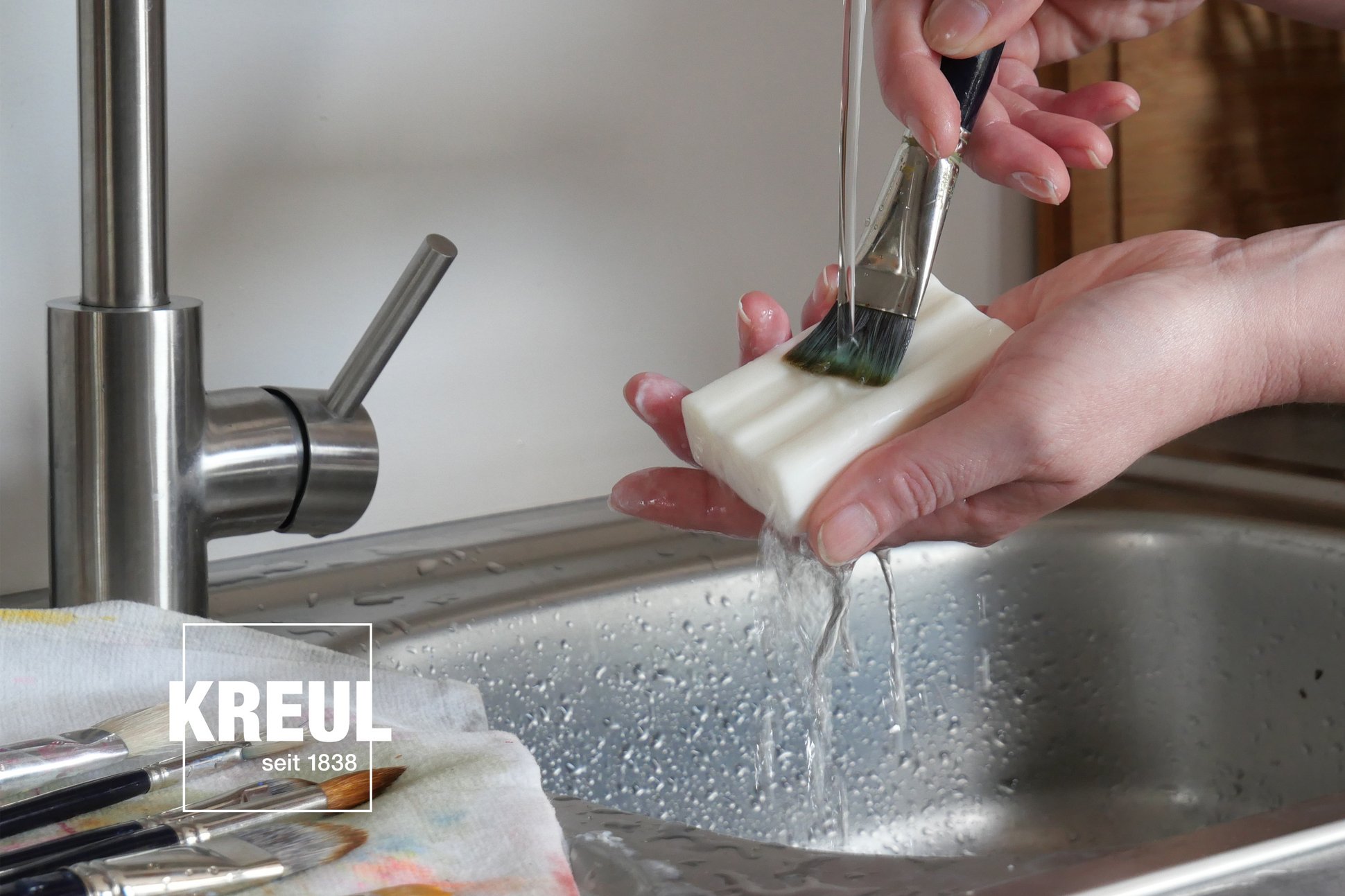
Cleaning paintbrushes in an environmentally friendly way
After you have finished painting, paint residue is always left on the hairs of your paintbrush. And, of course, we want to clean our paintbrushes in a environmentally friendly way. After all, it is important to look after your paintbrushes so that you can continue using your favourite paintbrush for a long time.
We recommend wiping any remaining acrylic paint on a painting rag (e.g. an old T-shirt). Then quickly rinse the brush in your jar of paint water (see below), before wiping it again on the painting rag. Lather your precleaned paintbrush under lukewarm running water with curd soap. This soap is perfect to care for the hairs of your paintbrush. To get your paintbrush into good shape again, gently squeeze the remaining water out of the hairs of the paintbrush and lay the brush down to dry.
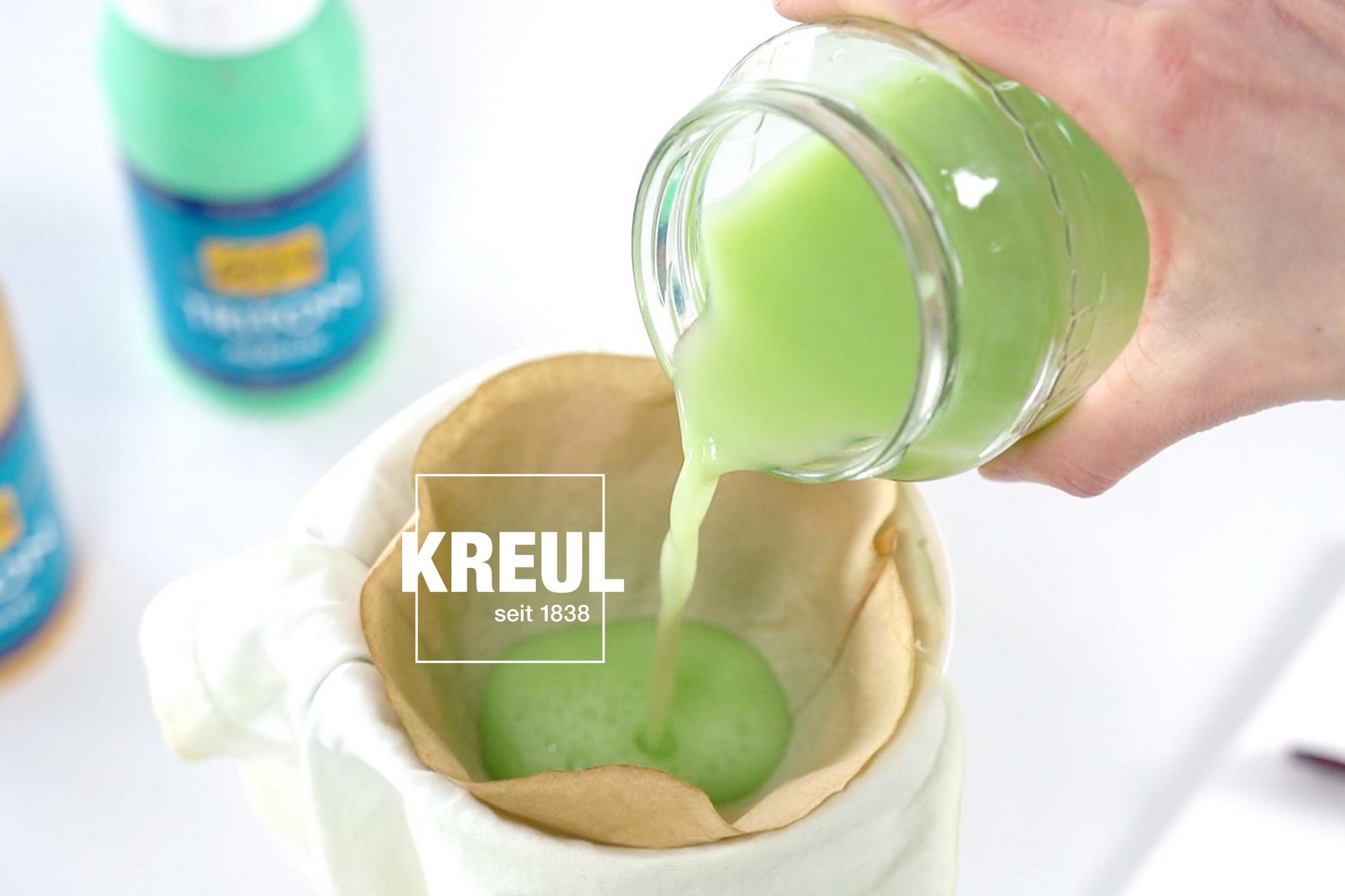
Responsible disposal of paint water
For cleaning brushes now and then during the actaul painting process, we recommend using large jar full of paint water. Useful here are washed-out gherkin jars as these give you lots of space to swish your paintbrush around in the water. Over time, more and more acrylic paint residue collects in the painting water and settles at the bottom of the jar. So you shouldn’t just pour the water down the drain.
We recommend filtering the dirty paint water before you pour it away. For this, place a coffee filter paper, paper kitchen towel or old textiles in a funnel or lay it loosely over a glass container and fix it with rubber bands. Pour out the paint water into the container, many of the suspended particles of paint will be retained in the filter. You can now remove this paint residue and dispose of it in the general waste. Then wipe out the empty painting water jar with a paper towel.
More tips for sustainable painting:
- Mixed too much paint? Providing the acrylic paint hasn’t dried up, you can store acrylic paint in a small screw-top jar for a few days. Cover the jar with some cling film before screwing on the top again to make it more airtight.
- Use a large tile, China plate or glass plate, e.g. from a photo frame, as a palette. You can use a ceramic hob scraper to remove leftover paint and dispose of this in the general waste bin. So no need for plastic plates or tear-off palettes.
- Always use up liquid acrylic paint. It is important not to empty it down the drain. You can dispose of paints or painting media you no longer want to use in the general waste, providing it doesn’t come with a hazard label. If you have any large quantities of paint you can’t use, let this dry in its container, and then, ideally, take the dried paint out of the container and dispose of the paint and container separately as described. That means that the paint goes into the general waste, while you can dispose of the container as instructed on its label. If you want to dispose of the paints immediately, take them to the local waste collection depot.
